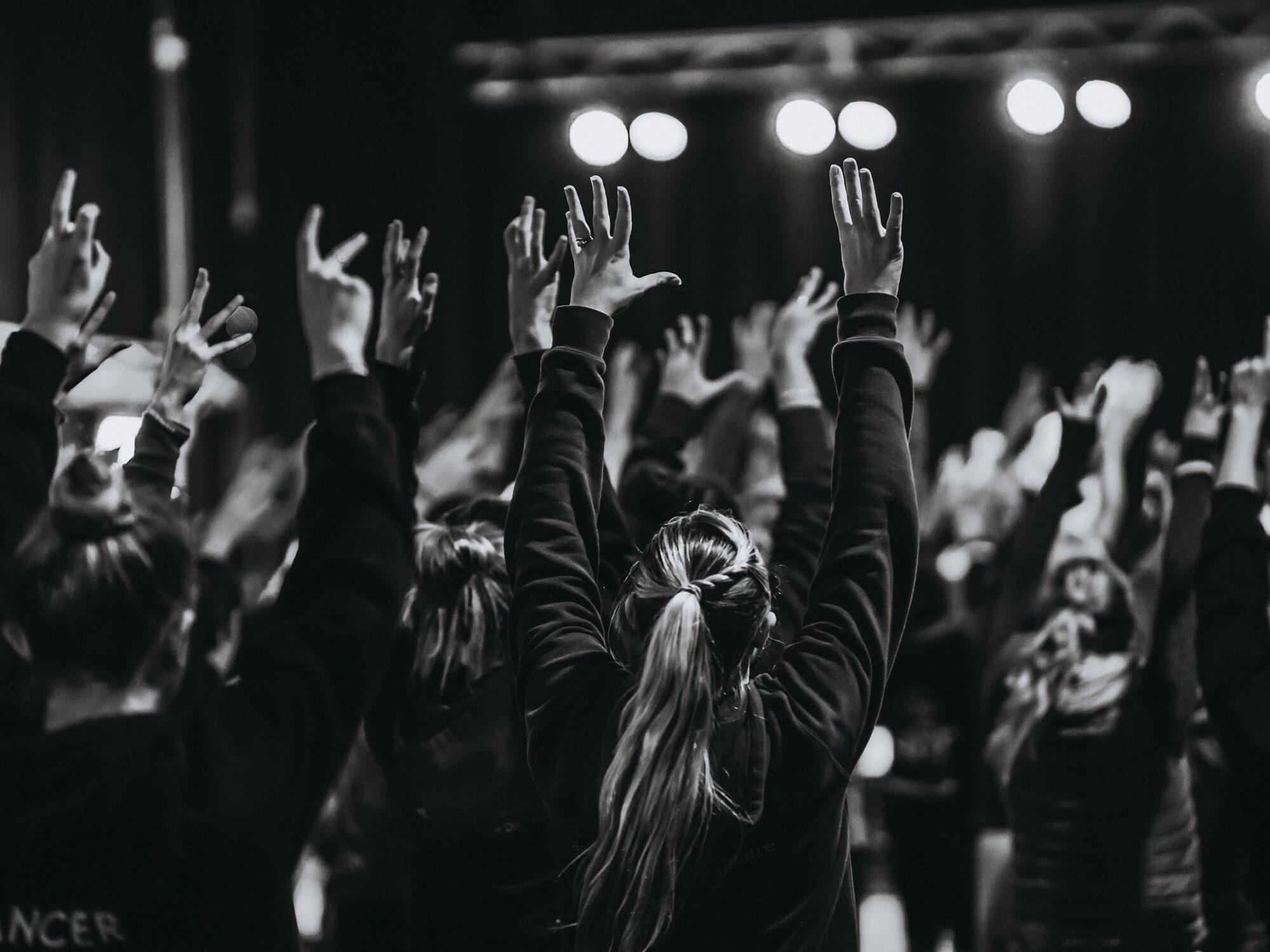As the peak body for dance in Victoria, Ausdance VIC provides high-level strategic advice and vision for the dance sector, advocating for a future where all dancers can flourish. Since 1977, we’ve been a leader in dance education and policy, working to raise the profile of dance with policymakers and increase investment in the Arts.
We consult regularly with the dance community, meet with all levels of government, and make state and national policy submissions. Our collaborations with organisations like the Arts Industry Council of Victoria (AICV), the Australian Curriculum, Assessment and Reporting Authority (ACARA), and the National Advocates for Arts Education (NAAE) ensure that dance remains a priority in education and cultural conversations.
We’re shaping the future of dance through advocacy, research, and representation
Deliver key policy objectives.
Expand opportunities to experience and engage with dance.
Develop sustainable dance education programs.
Identify sector needs through industry research.
Provide expert advice on dance for the Victorian curriculum.
Our legacy
With over 45 years of leadership, the Ausdance National network connects and empowers individuals, companies, and organisations across the sector. We’re committed to building a strong foundation for dance education and ensuring that policies and curriculums reflect the needs and aspirations of the dance community.

Our impact
Ausdance VIC has achieved remarkable milestones in advancing the dance sector in Australia. We successfully championed the inclusion of dance as a stand-alone subject in the national arts curriculum, working alongside key members of the National Association for Arts Education. Through our groundbreaking Safe Dance® research, the Ausdance network collectively influenced significant changes in teaching practices, culminating in the development of the Australian Guidelines for Teaching Dance.
Advocating at the highest political levels, we continually analyse and support the independent and small-to-medium dance sectors. In collaboration with Deakin University, Ausdance VIC launched AllPlay Dance, an online platform offering evidence-based resources to promote inclusive dance programs nationwide. We also played a pivotal role in celebrating the diversity and uniqueness of Australian dance through our contributions to the nationally-recognised Australian Dance Awards.
Our involvement with the Industry Advisory Group for Business (IAG) directly impacts the development of training packages in musical theatre and dance. Furthermore, we championed the creation of nationally-accredited training units, focusing on teaching children in the performing arts, thereby enhancing both teaching quality and child safety in dance.
This combination of initiatives underscores our enduring impact on shaping the future of dance in Australia.
Sector representation
Ausdance VIC represents the needs of our constituency on several expert reference groups, state and national committees. We actively seek out and foster strong, working relationships with leaders and organisations across sectors and industries, to share responsibility for advocacy and intelligence on conditions, trends, and issues of relevancy.
Arts Industry Council of Victoria (AICV)
We are a key member of the AICV, alongside the CEOs of peak bodies and service organisations across all art forms.
Ausdance Network
Through our work with the Ausdance National network, we are in regular dialogue with the national body and our state partners on matters including advocacy, pre-budget submissions and industry consultation.
Industry Advisory Group for Business (IAG)
We represent the arts and creative industries on the IAG, which consists of representatives of industry, unions and employees who meet four times a year to provide advice on skill demand pressures and future industry skills training and professional needs. Through the IAG, we have been involved in the development of a new Skills Plan for Victoria, providing feedback on drafts of the policy.
Direct to government
As the government-recognised peak body and subject association for dance in Victoria, we regularly meet with senior officials in Creative Victoria, the Department of Education, the Department of Health, the Department of Sports and Recreation, Business Victoria, and with local governments across the state.
What we’re working on
We’re passionate about making dance accessible, safe, and valued across all levels of education, government, and the wider community. Here’s what we’re focused on:
- Quality dance education for all
We believe every Victorian student deserves access to high-quality dance education throughout their primary and secondary school years. - Supporting dance educators
We’re advocating for more professional learning opportunities for both private and registered dance teachers, equipping them to teach people of all ages and abilities effectively. - Recognising dance in policy
Dance deserves a prominent place in both state and national cultural policies. We’re also pushing for increased support for First Nations dance in recognition of its vital role in our cultural landscape. - Valuing dance education
From studio classes to schools and tertiary institutions, dance education is at the heart of Australia’s dance ecosystem. We’re calling on all levels of government to acknowledge its importance and invest in its future. - Fair pay for dance professionals
Dance practitioners should be paid fairly for their work. We’re working to ensure dance is recognised as its own discipline, distinct from categories like “Fitness and Recreation.” - Promoting safety in dance
Everyone deserves to feel safe in dance spaces. We’re advocating for child safety, cultural safety, safe teaching practices, and safe environments for students, educators, and professionals alike.
By raising awareness and driving these initiatives, we aim to strengthen and grow the dance community in Victoria and beyond. Join us in supporting a vibrant future for dance by becoming a member.
Keep us informed of your advocacy needs
As part of the largest dance education and advocacy network in Australia, we can provide all kinds of support for individuals, businesses and organisation working in the dance and performing arts sector. Keep us informed of your advocacy needs so we can better serve you.
